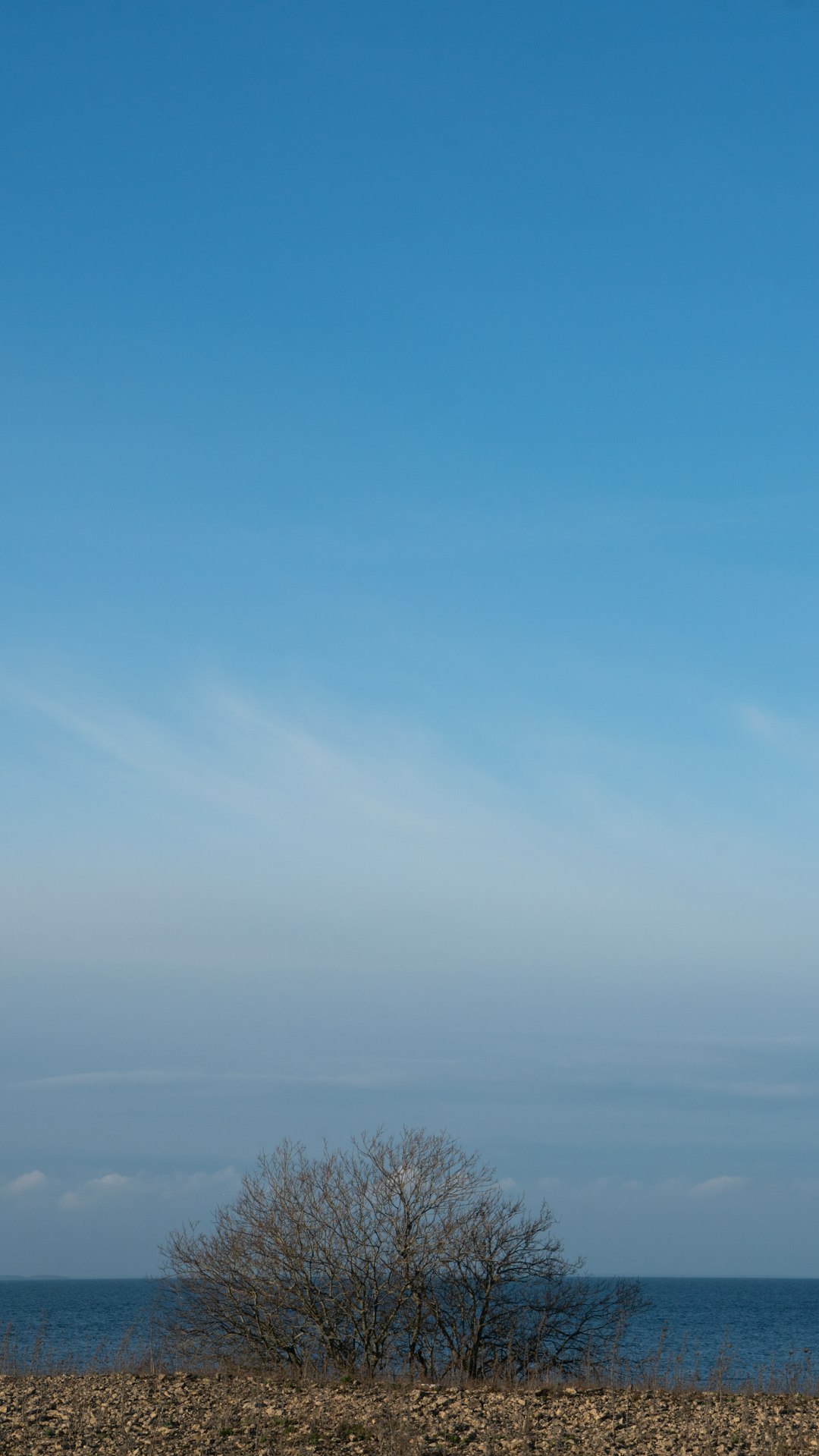Underground water reservoirs from the late 19th century open to filmmakers. As a unique location in Central Europe, the vaulted spaces were declared a cultural monument in 2019. The city of Brno owns the property and will soon hand over administration to TIC BRNO (Brno Tourist Information Centre), who will lease the space to film crews. Come take a deeper look at this mysterious underground labyrinth.
24. March 2020


Underground Water Tank Brno | Photo: Libor Teplý
Close to the very centre of Brno, under a large grassy area, lie four reservoirs. The oldest of them lies on the north-western side of the complex and comprises an underground brick-lined reservoir divided into nine parallel sections connected by a drainage channel separated by massive walls with six large arched overflow openings. All structural elements are made of high-quality fired bricks and the floor is concrete. The underground reservoir measures roughly 45 x 45 m and is about 7 metres deep.
The history of this place is no less interesting. For centuries the city of Brno used water from the Svratka River. Despite the expansion of the existing water supply system in 1853, its capacity was soon insufficient to fulfil the needs of the rapidly growing city. Neither the quantity nor quality of the supplied water was satisfactory, and the problem of water supply had to be solved. In 1863 a tender was announced for the construction of a new water supply system. Four bids were submitted and in 1869 the most suitable solution was chosen, designed by London architect Thomas Docwry.
Construction of the water treatment facility in the Pisárky district of Brno began in the autumn of 1869. The bricks for its construction were fired right in Brno. Construction took place without the use of steel, wood, or concrete, which necessitated the use of different types of vaulting, thus creating a very impressive underground labyrinth. It’s also worth mentioning that the watertightness of the brick reservoir was enhanced by an outer layer of clay. The reservoir was completed in 1872. Water from the Svratka River was diverted above the weir in Kamenný Mlýn and was purified by three biological filters over a total area of 2940 square meters. It was then pumped into two pressure zones. The first, the lower one was for the reservoirs on Žlutý Kopec, and the second, higher zone was for the Špilberk reservoir.
At the turn of the 20th century, two more concrete tanks with a total volume of over 20,000 cubic meters were added to the reservoir. From 1913 they served the needs of the new water supply system from Březova. The reservoirs were closed in 1997 when they were disconnected from the water network and have not been used since.
Ivana Košuličová of the Brno Film Office extends an open invitation to filmmakers: “These interesting brick reservoirs are great for filming action, fantasy, or historical films. Over the past year, the city has built new secure entrances, which allows filming and large crews to access the chambers. The grassy area close to the city centre is ideal for setting up a base camp and provides space for other uses. The access road is not paved, so this must be taken into consideration in bad weather. It’s also a good idea to have your own power generator.”
The city of Brno and its non-profit organization TIC BRNO are working on a detailed plan for the use of the first of a series of reservoirs for filmmaking and its access by the public. “The plan is to gradually make all four reservoirs publicly accessible. At the moment, the oldest historical brick reservoir is open for film crews. We will gradually open up the other three in cooperation with the city as their owner,” says TIC BRNO director Jana Janulíková.
The underground chamber looks like something from the forgotten world of a long-extinct civilization or from a video game. Thanks to the massive brick pillars, impressive atmospheres can be achieved using light. The new entryway makes it easy to access even for large productions and heavy equipment. Come to Brno and see for yourself.
Contact for filming in Brno and the South Moravian Region:
Ivana Košuličová, kosulicova@ticbrno.cz, +420 773 771 556












